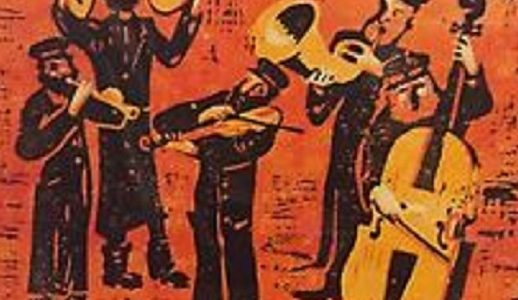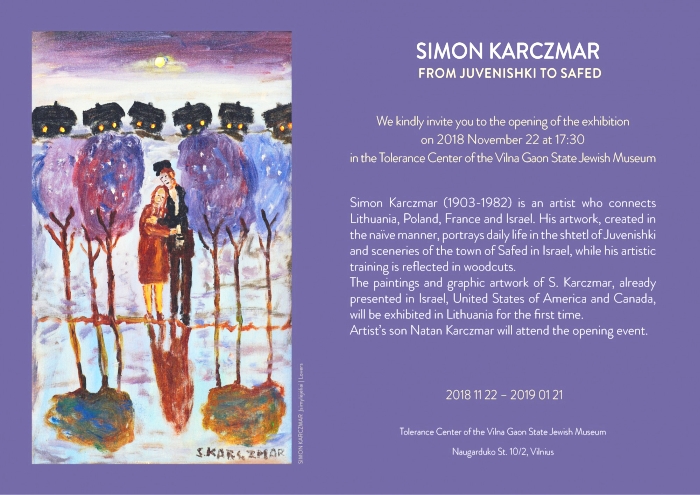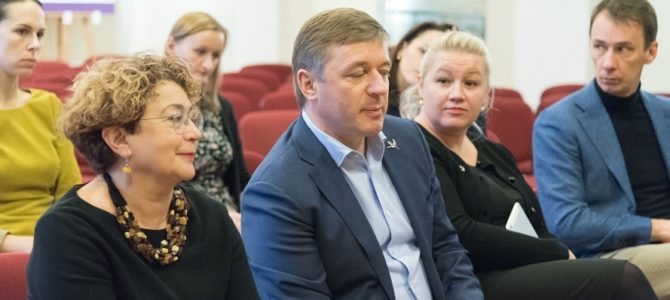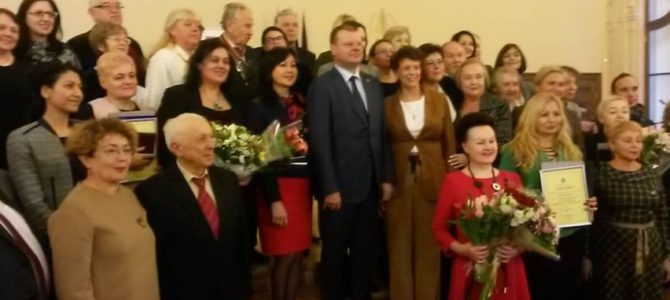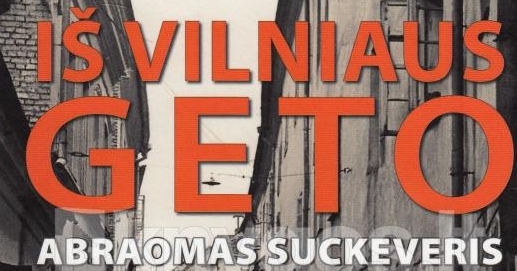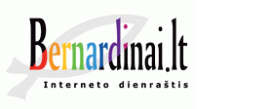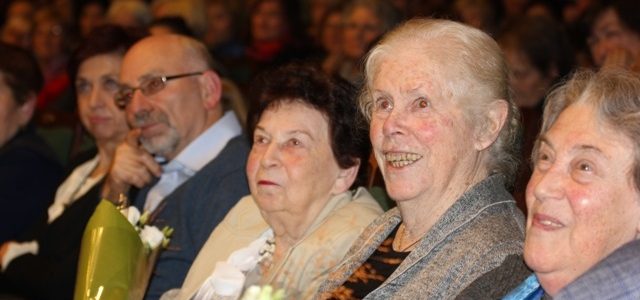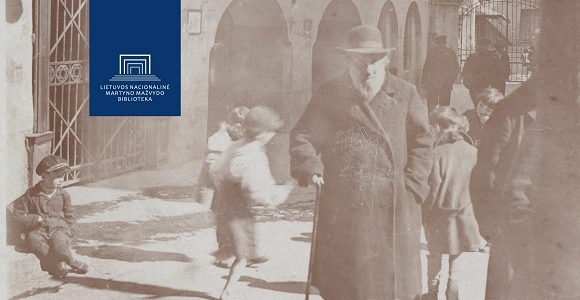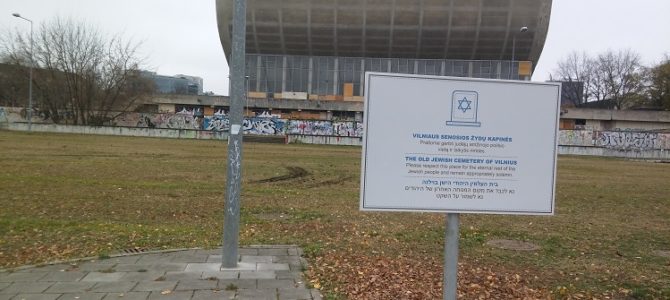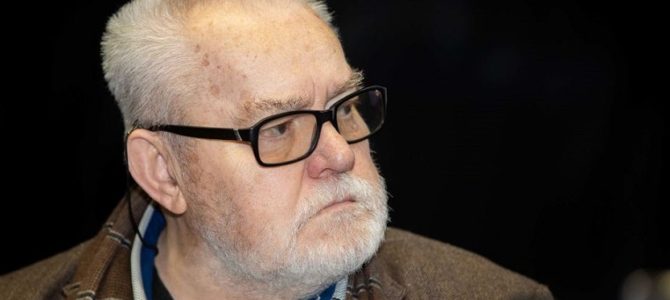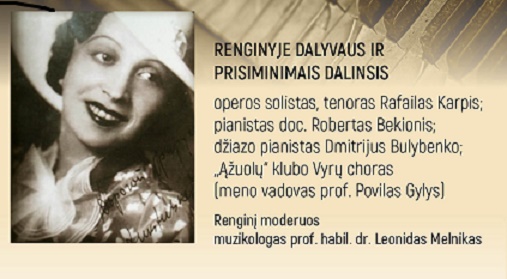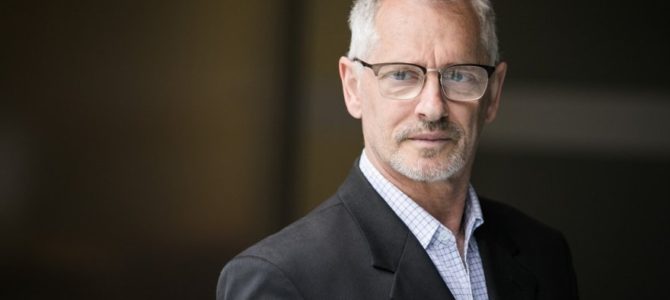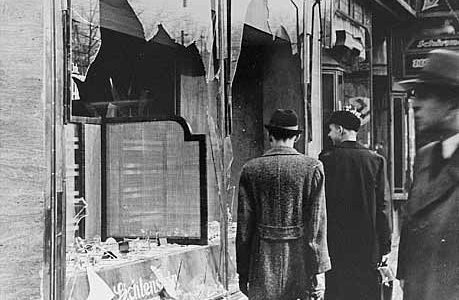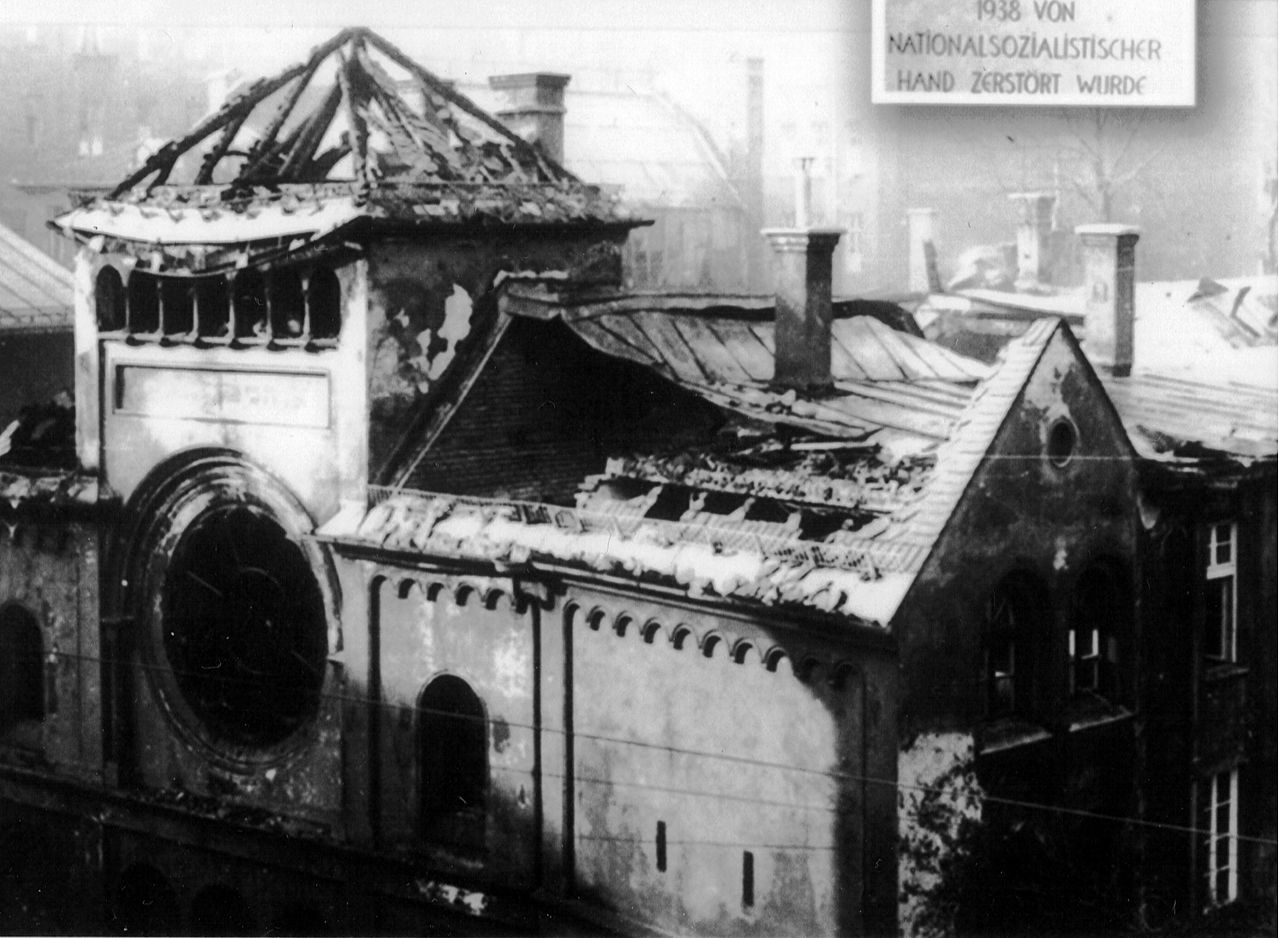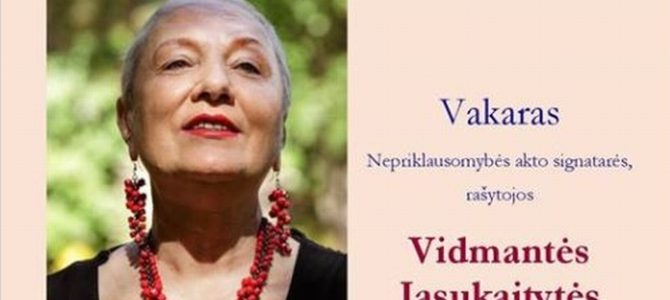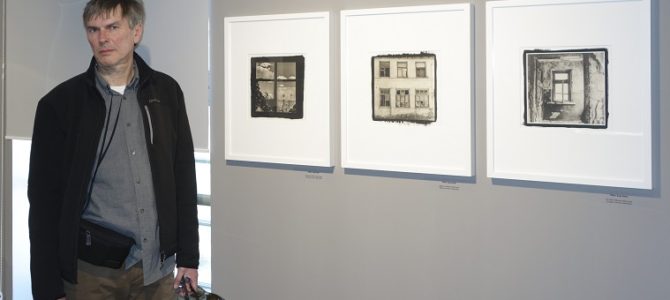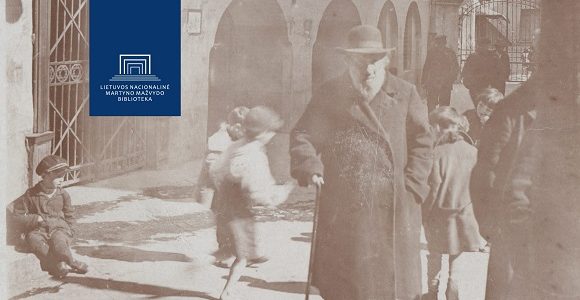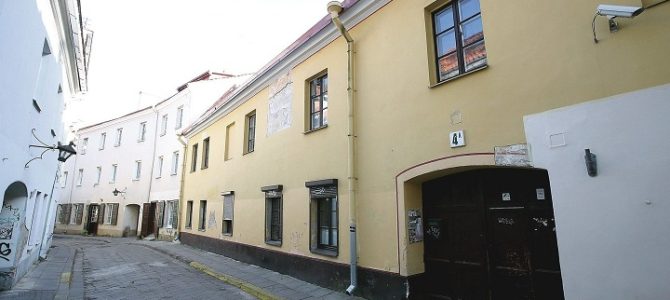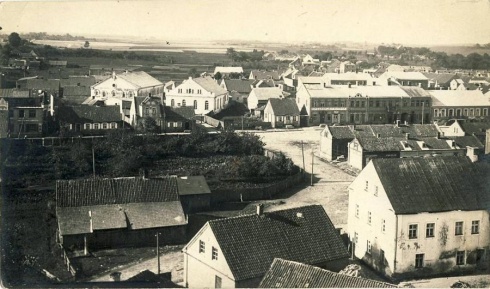The city of Šiauliai turned out November 19 to unveil the first street sign commemorating the Frankel family. These Jewish industrialists contributed significantly to the development and history of Šiauliai. The family name now graces what was Elnis [Deer] street. A large audience including members of the Jewish community, municipal representatives, staff at the Aušra Museum and guests from Kaunas and Klaipėda attended the ceremony at what is now Frenkelių street no. 23.
Israeli ambassador to Lithuania Amir Maimon was also there, presenting warm congratulations and speaking about the need to remember and honor shared Lithuanian and Jewish history. Lithuanian MP Stasys Tumėnas and Lithuanian Jewish Community executive director Renaldas Vaisbrodas, among others, also spoke about that. Historian Andrius Kvedaras led an excursion and provided details from the biographies of Chaim and Jakob Frenkel.
Deputy mayor Domas Griškevičius was a supporter of renaming the street and said “the municipality still has to seek cooperation from businesses here so they change their signs” to the new street name, according to the newspaper Šiaulų kraštas. Griškevičius said the regional Jewish community had paid for the manufacture of the new street signs and said he hoped the city budget would soon include funding for maps for tourists of the Chaim Frenkel leather factory in the past and present.




